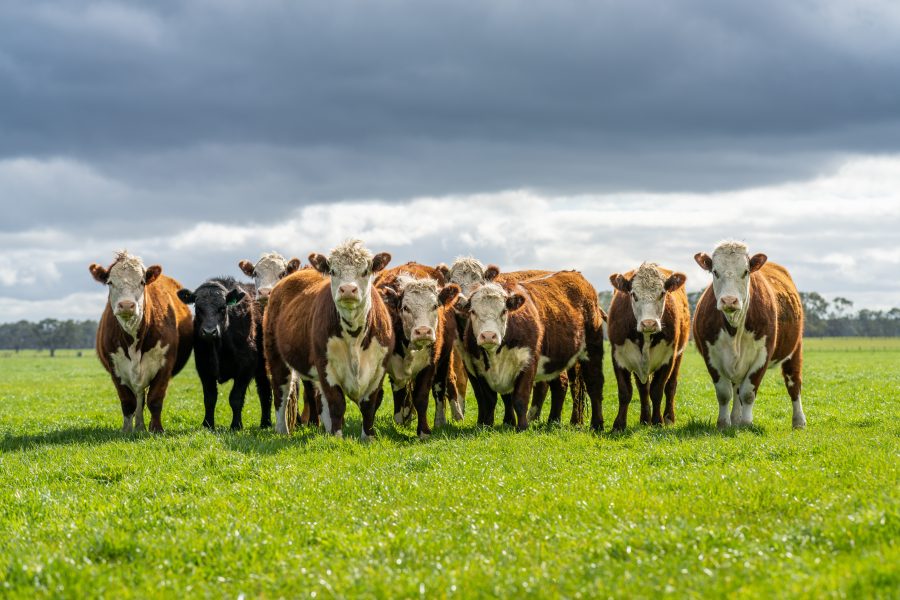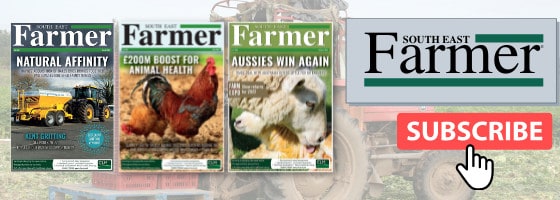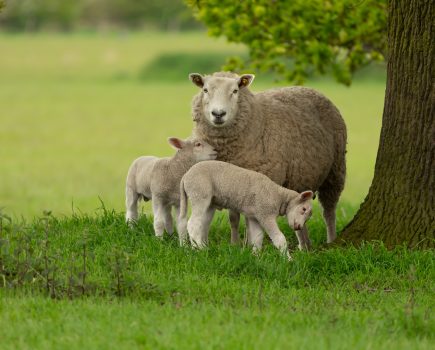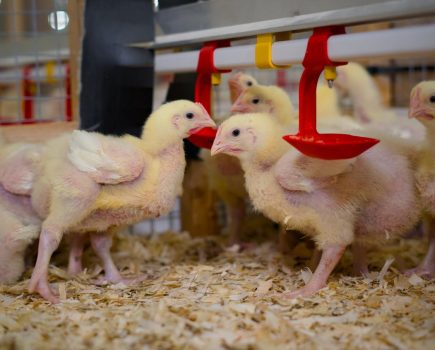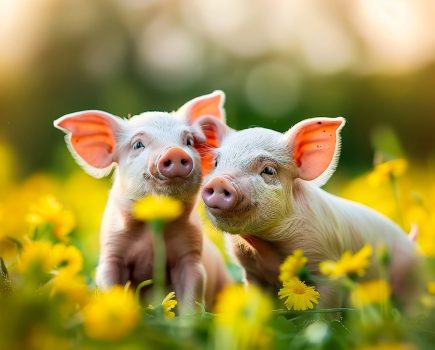Johnes disease is an incurable, progressive, chronic wasting disease of ruminants caused by mycobacterium avium subspecies paratuberculosis (MAP). Infected animals shed the bacteria in faeces and through colostrum and milk and to a lesser degree it can spread across the uterus to infect calves whilst in utero.
Infection most commonly occurs in highly susceptible young animals, especially in the first few days of life, through contamination of the environment with infected faeces and through ingestion of colostrum and milk from an infected cow.
The disease has a long incubation period, so although animals are generally infected at a young age, we don’t typically see clinical signs of the disease (diarrhoea and weight loss) until an animal is at least four years old and sometimes far later than this.
The presence of Johnes disease within a herd comes with large economic impacts; it is not only the clinical cases of Johnes (diarrhoea and wasting) that have implications, it is also those animals that are infected but not yet showing clinical signs yet often have poor performance such as fertility and milk yield.
These infected cows typically do not get in calf in the desired time frame and have smaller calves at weaning due to poor milk production, and therefore end up having to be culled.
The main priorities for controlling Johnes are identifying infected animals, improving hygiene around calving to reduce new infections and control around bought-in animals.
Testing breeding stock
Identifying animals within the herd that are infected allows management decisions to be made on a case-by-case basis. An antibody blood test is available to identify those animals; due to the long incubation period of the disease, we are only able to use the test reliably on animals of at least two years of age.
Testing is recommended annually to ensure any new cases are picked up. This information allows us to make culling decisions or, if keeping infected animals, manage them separately, for example calving them in a separate shed or field to prevent calves being infected. Calves from positive cows can also be identified and not kept as breeding animals.
Hygiene
Hygiene around calving is challenging in a beef system where it is not practical to take calves away from the dam at birth and feed separately. The aim is to reduce transmission by exposing highly susceptible newborn calves to as little faecal contamination as possible. This may be by delaying calving so that cows can be turned out to calve in a larger area.
Another option is to monitor cows at calving extremely closely to be able to separate a cow off into a pen on her own once she starts calving and then turn the cow and calf out rather than mixing them back in with the cows still to calve.
When buying in breeding stock, there is a risk of purchasing animals infected with Johnes. To reduce the chances, buy in from a Johnes-accredited herd or have the animal tested before introducing it to your herd.
Though there are logistical considerations to beginning your Johnes management journey, your vet can tailor a plan to suit your herd and system to allow for minimal economic impact, safeguarding the future of your herd and the longevity of your breeding stock.
By Laura Gibson at Westpoint Winchester.
For more like this, sign up for the FREE South East Farmer e-newsletter here and receive all the latest farming news, reviews and insight straight to your inbox.

